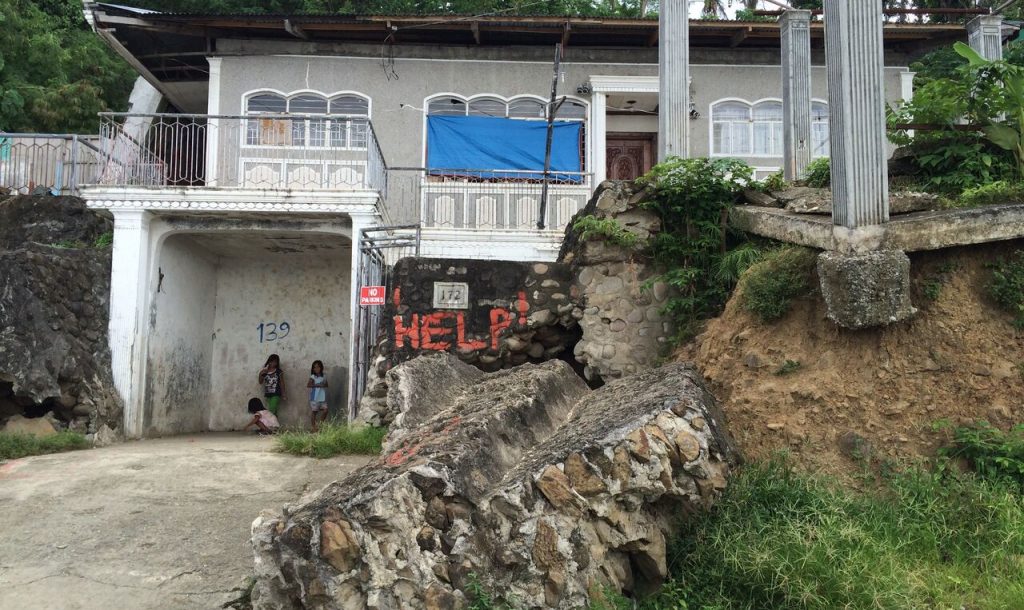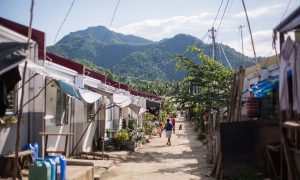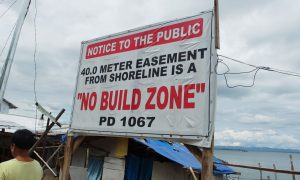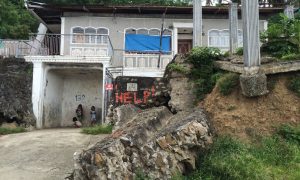Tacloban City’s downtown market comes alive at night, when the sun retreats and homebound commuters browse for dinner ingredients. This time of year, someone might blare Christmas music into the bustling crowd.
At the northern corner of the market, however, is an entirely different atmosphere. Here, at the pick-up point for the multicabs and jeepneys bound for northern barangays (villages), the very neighborhoods where thousands were relocated following Typhoon Haiyan, dozens wait sombrely in slow-moving lines to catch a ride home.
Mid-October 2018, nearly five years after the storm, the queue caught my eye. One hundred and fifty people queued at half past five on a Monday night. Even though multicabs were arriving every few minutes, the line was just as long thirty minutes later.
By 7:30, it had dwindled, barely, to 100 people.
At 8pm, 115.
In between counting I interviewed commuters, speaking with nine residents of Yolanda permanent resettlement locations and one woman living in the north long before the storm.
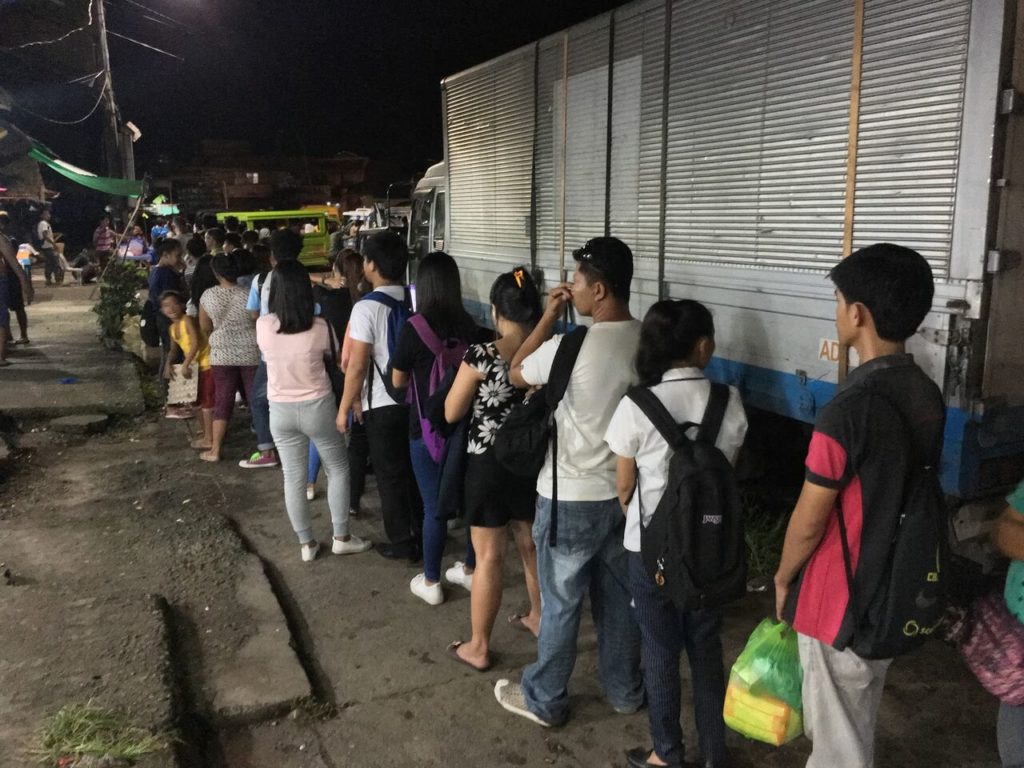
Commuters waiting in line downtown to get onto multicabs for the long ride back up to the resettlement sites. (Photo: Shaye Palagi)
Each stated it is common to wait for an hour or more when commuting home during rush hour. Four of them were returning from work even further south, and waited an average of 40 minutes to catch their multicab downtown.
Getting to work in the morning can be just as arduous, especially for the more remote resettlement sites. Five residents of a site far from the highway reported an average morning wait time of 50 minutes.
In addition to the long wait time, commuters lamented wait conditions: standing, uncovered, exposed to the elements. They noted the exposure is especially difficult for pregnant, older, and differently-abled individuals.
Even if commuters are patient, the cost of commuting often outweighs the benefit. The multicab from Tacloban North to downtown is 15 pesos. Many commuters need to pay an additional trike to get to the highway to catch the multicab, or need to catch a second multicab to their final destination upon arriving downtown.
Nevertheless, at a minimum, a daily commute to town is 30 pesos ($0.78 AUD). In a 2017–2018 survey of over 900 community members across 13 Tacloban City resettlement sites, we found the average reported household weekly income per capita to be 360 pesos ($9.37 AUD). That’s 51 pesos ($1.33 AUD) per person, per day. Across sites, the lowest reported site average for weekly income was 205 pesos ($5.34 AUD) or 29 pesos ($0.75 AUD) per person, per day. At best, 521 pesos ($13.56 AUD), or 71 pesos ($1.85 AUD) per person per day. At 30 pesos ($0.78 AUD) just to downtown, that range means the cost of the commute is 42 to 103 percent of an individual’s daily income. Less than a quarter of households felt their commute to work was affordable.
The current wait and cost burden faced by relocation commuters provokes a bigger issue: how much investment may be required for change, and how long will Tacloban North wait for it?
 Facebook
Facebook  Twitter
Twitter  Soundcloud
Soundcloud  Youtube
Youtube  Rss
Rss 